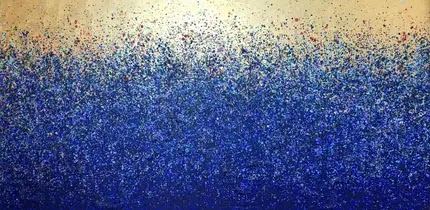A last
report from my trip to Brittany.
Starting
with La Roche-Bernard. This nice little town, some 20 km (12 miles) from the sea,
on the river Vilaine, was obviously founded by a Viking, Bern-hart (meaning strong,
brave as a bear) in 919 as a strategic defensive place. The successors remained
and swore allegiance to the Duke of Brittany. It was a rather important
commercial port with a shipyard for a few centuries, until the arrival of the
railway. Today it offers a nice marina.
Next stop
was at Guerande with its medieval fortified walls.
The city overlooks large salt marshes and Guerande salt is famous. Salt has
been produced here since the Iron Age. You must obviously wait until a warmer
part of the year to find the thousands of ponds getting white. Especially famous is
of course the “Fleur de Sel” (flower of salt), harvested sunny summer
afternoons.
Then we
continued the trip along the rough coastline, “La Côte Sauvage”…
… on the
way to the little town Croisic. Artists
have worked a lot around these places. Here we can see a water-colour by Paul
Signac (1865-1935) from 1928.
We made a
quick passage via La Baule, since the end of the 19th century a
famous seaside resort with its 12 km (7.5 miles) long sand beach. The seafront,
where you used to find a large number of private villas is now almost full of nothing but hotels and more modern residences - you still find some old, nice, villas
behind the seafront.
Behind La
Baule, Guerande and just north of the Loire estuary … you find La Grande
Brière (The Brière Marsh), a patchwork of streams, reed beds, water meadows and
hillocks (see top picture). It used to be occupied by people who were hunting,
fishing, cutting reeds, digging peat… Today it’s of course more dedicated to
leisure, tourism… The 6.850 hectares are commonly owned and governed by the 21
small villages on and around the marshland. The specific flora and fauna are protected as well as possible.
Before
closing the Brittany file, maybe some examples of nature from a - then - still early
spring.









































































